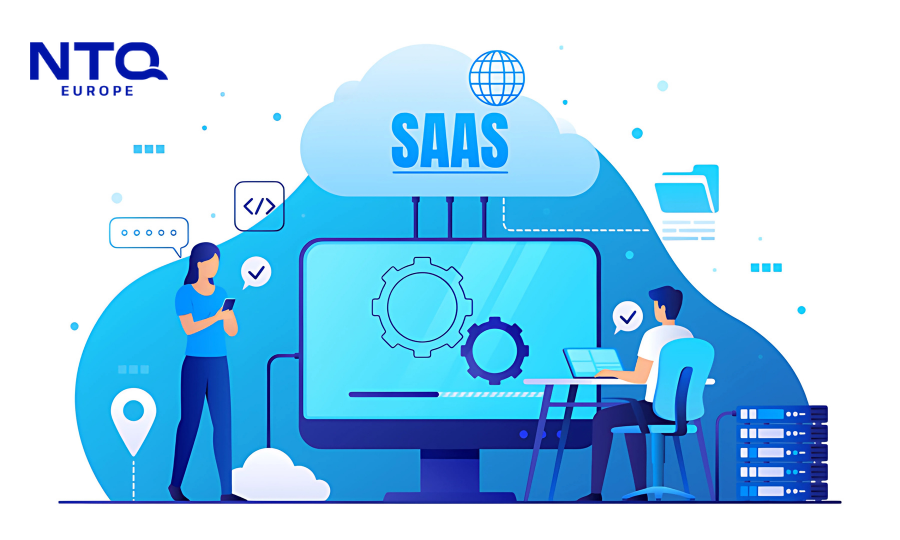You Can’t Manage What You Can’t See
Real-time shipment tracking in Europe remains surprisingly elusive, even for companies with modern fleets and strong regional networks.
It sounds simple enough: track your shipments, know where things are, and update your customers when there’s a delay. But anyone working in logistics knows it’s rarely that straightforward.
![]()
In many companies, visibility is still stuck in the past. A driver updates the dispatcher by phone. A spreadsheet gets emailed at the end of the day. Clients call asking for ETAs, and your team scrambles to answer with the latest guess, not the latest data.
This gap doesn’t just cause frustration. It slows down decision-making, damages customer trust, and makes it nearly impossible to optimize anything – from fleet allocation to delivery promises.
Why Real-Time Tracking Is Harder Than It Looks
Plenty of technology is out there: GPS trackers, IoT sensors, telematics systems. On paper, it looks like everything you need for real-time shipment tracking already exists. But anyone who’s tried to put all of that into practice knows it’s not so simple.
In reality, the logistics chain is full of handoffs. One shipment might move from a local carrier to a warehouse, then onto a cross-border hauler before reaching the end customer. And each stop in that journey comes with its own tools, data formats, and way of working. If one of them isn’t connected, the entire picture gets blurry.
On top of that, many logistics businesses (especially smaller and midsize ones) are still running on older systems. Their TMS or WMS setups were never built to plug into today’s tracking platforms. Some have started adopting third-party tools, but struggle to stitch everything together in one place. The point is: all the pieces aren’t speaking the same language. The real challenge isn’t buying another tracker. It’s making the whole system actually talk to itself.
The promise of real-time shipment tracking only works when every handoff in the supply chain is connected; and that’s exactly where most systems fall short.
![]()
The European Layer
For logistics companies working across Europe, the visibility challenge gets even more tangled. Each country adds its own layer: different languages, different systems, different rules. What runs smoothly in Belgium might hit a snag in Slovakia. And while countries like Germany or the Netherlands are leading the charge in digital logistics, others are still somewhere in between spreadsheets and siloed tools.
There’s also increasing pressure from the policy side. More regulations, tighter cross-border checks, and growing expectations around sustainability reporting are pushing logistics operations to become faster, cleaner, and more transparent. But without reliable data (updated in real time) it’s hard to stay ahead of all that. Sometimes it’s hard just to keep up.
In this landscape, tracking information isn’t a nice bonus to offer clients. It’s the foundation for staying competitive in a region that’s only getting more demanding.
The Cost of Flying Blind
You lose more than control when you don’t know where your goods are (or when they’ll arrive). You lose credibility.
Delays can’t be addressed proactively. Disruptions ripple through the supply chain. Customer service gets bogged down when tracking tickets. Worst of all, you miss the opportunity to learn from patterns and plan better for the future.
And then there’s the internal cost. Teams spend hours chasing information they should already have. Reports are stitched together manually. Decisions are made reactively, not strategically.
It adds up fast.
What Visibility Means Today
True visibility goes beyond a dot on a map. It’s about context: knowing not just where a shipment is but what’s affecting its route, condition, and connection to everything else in motion.
That level of clarity requires more than a tracking number. It demands a connected infrastructure that combines data from sensors, fleet systems, warehouse tools, and customer platforms into a single, real-time view. And it also requires a cultural shift from reactive logistics to proactive, data-informed orchestration.
![]()
At NTQ Europe, we’ve helped logistics providers move from fragmented tracking systems to unified visibility platforms, designed around real use cases, not tech buzzwords. Whether integrating IoT sensors across fleet operations or building custom dashboards that support dispatch decisions, we’ve seen how even small shifts in visibility can unlock significant improvements in speed, service, and savings.
If your logistics operations still rely on check-in calls or emailed spreadsheets, now might be the right time to reevaluate visibility.



















